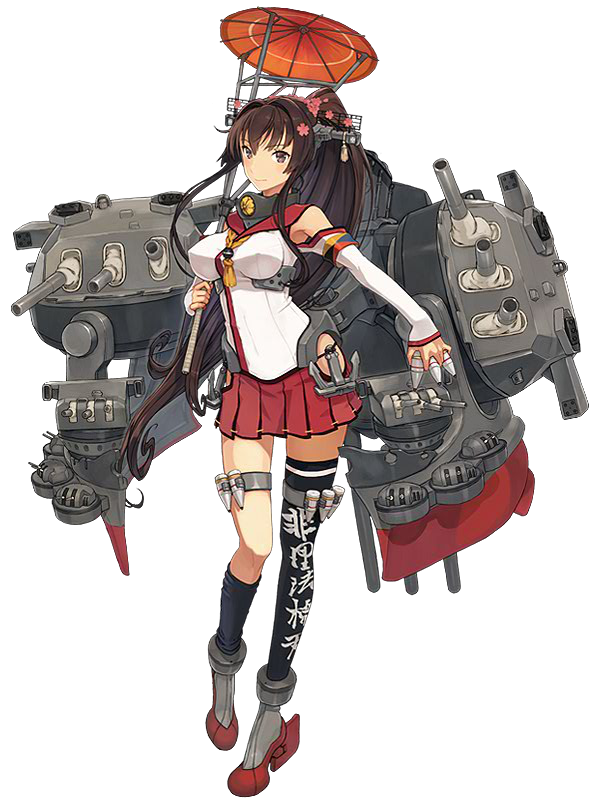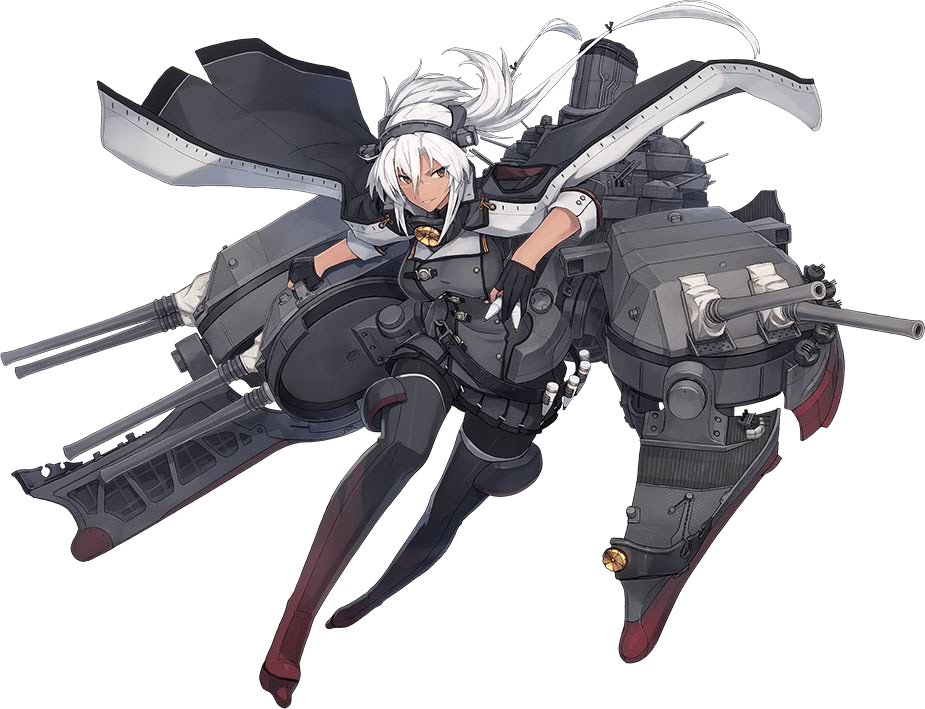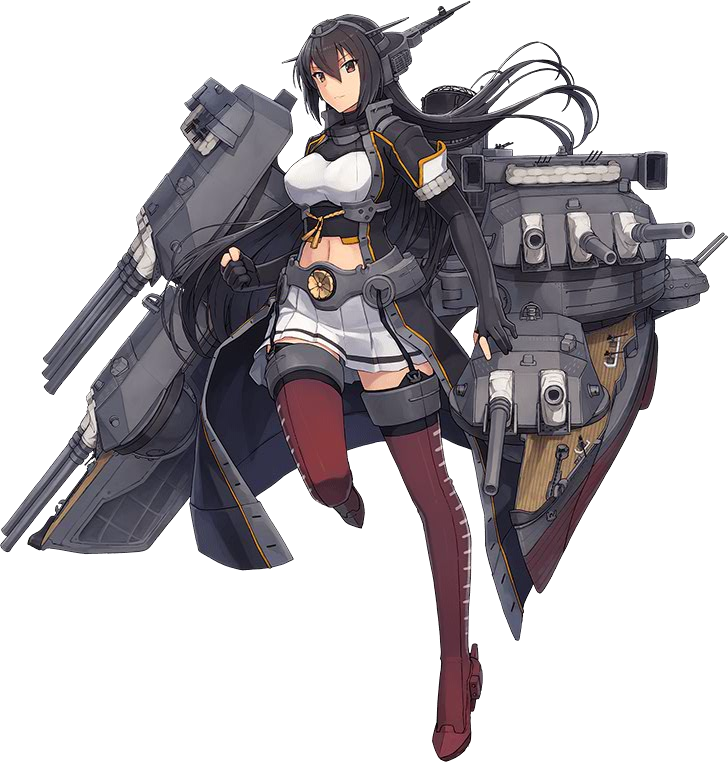
Yamato
Her name literally translates to "Great Harmony". Yamato is also the name of ancient Japan, and hence Yamato was seen as a symbol and pride of Japan.
Was cynically referred to as "Hotel Yamato" due to having facilities unheard of in a warship (e.g. luxurious living quarters; civilians for cooking, hairdressing, and sewing; and even air conditioning) and due to not seeing action until very late into the war.
Sunk on 7 April 1945 north of Okinawa (at 30° 22′ 0″ N, 128° 4′ 0″ E) in the famed Operation Ten-Go, along with Yahagi, Isokaze, Kasumi, Hamakaze and Asashimo, under the command of Vice-Admiral Seiichi Ito.
Wreck discovered under 1,120 ft of water in the East China Sea, 180 miles Southwest of Kyushu and North of Okinawa, on August 1st, 1985.
Her first mission was in Battle of Midway as HQ ships, however, she didn't fire a single shot in that battle, the first time she use her gun was in 1944,in Battle of Samar.

Musashi
Named after the Musashi Province, parts of today's Tokyo, Saitama & Kanagawa prefectures.
Sunk during the Battle of Leyte Gulf (13°07′N 122°32′E), on October 24th, 1944, north of Sibuyan Island, Romblon province, Philippines.
Musashi's wreck was discovered by a team funded by Paul Allen on March 2nd, 2015.

Nagato
Sunk as a target during Operation Crossroads on the 25th of July, 1946. Currently resting upside-down under 110 ft. of water.
Nagato was the only surviving Japanese Capital ship after World War II, as well as the only member of the Big Seven that still exists as a ship in some ways (the rest were either scrapped after the war or, as in Mutsu's case, no longer in one piece).
Her name goes after the Nagato province (western part of today's Yamaguchi prefecture) and is written with the kanji representing "Long" and "Gate".
Her naval ensign was conveyed after a US Navy Officer's relative found it in his house. It was then introduced on a Japanese TV show in 2005. The MC of the show bought it for ¥10,000,000 (about 83,000 USD) with his own money, and donated it to the Yamato Museum in Kure city, Hiroshima.
She was the former flagship of IJN before the position was transferred to YamatoKai

Mutsu
She sunk due to an internal explosion on 8 June 1943. Most of the wreckage was salvaged between the mid-50's to 1970's.
As built her armament included torpedo launcher (8 × 533 mm (21.0 in) torpedo tube) but it was later removed during her 1934 reconstruction, however this was not reflected in the game.
She is named after the Mutsu province which existed before Meiji period (Mutsu province was divided into five with one called the 'Rikuoh province' written with the same kanji as the former Mutsu province). Currently, today's Aomori prefecture, Iwate prefecture, Miyagi prefecture, and Fukushima prefecture.

Gangut
Both the lead ship (though in Russia, Sevastopol is considered the lead; all four were laid down on the same day), and last of her class to be finished and put into service in late December 1914.
Was rebuilt and modernized during the 1930s, and took part in a bombardment in the Winter War before being recalled. She spent much of the Second World War providing fire support in several battles, including the Siege of Leningrad.
She and her sisters were among the fastest battleships of their generation, designed for 23 knots and significantly exceeding that figure on their trials, but by the time of World War II this was in line with the older slow ships like Ise and Nagato-class. This is reflected in her in-game classification as Fast Battleship with Slow speed.
Launched on 24 September 1911 and formally commissioned on 20 June 1914 while still fitting out, not being put into actual service until 22 December 1914, she is currently the oldest ship in Kantai Collection, breaking Kongou's previous record of being launched on 18 May 1912 and commissioned on 16 August 1913.